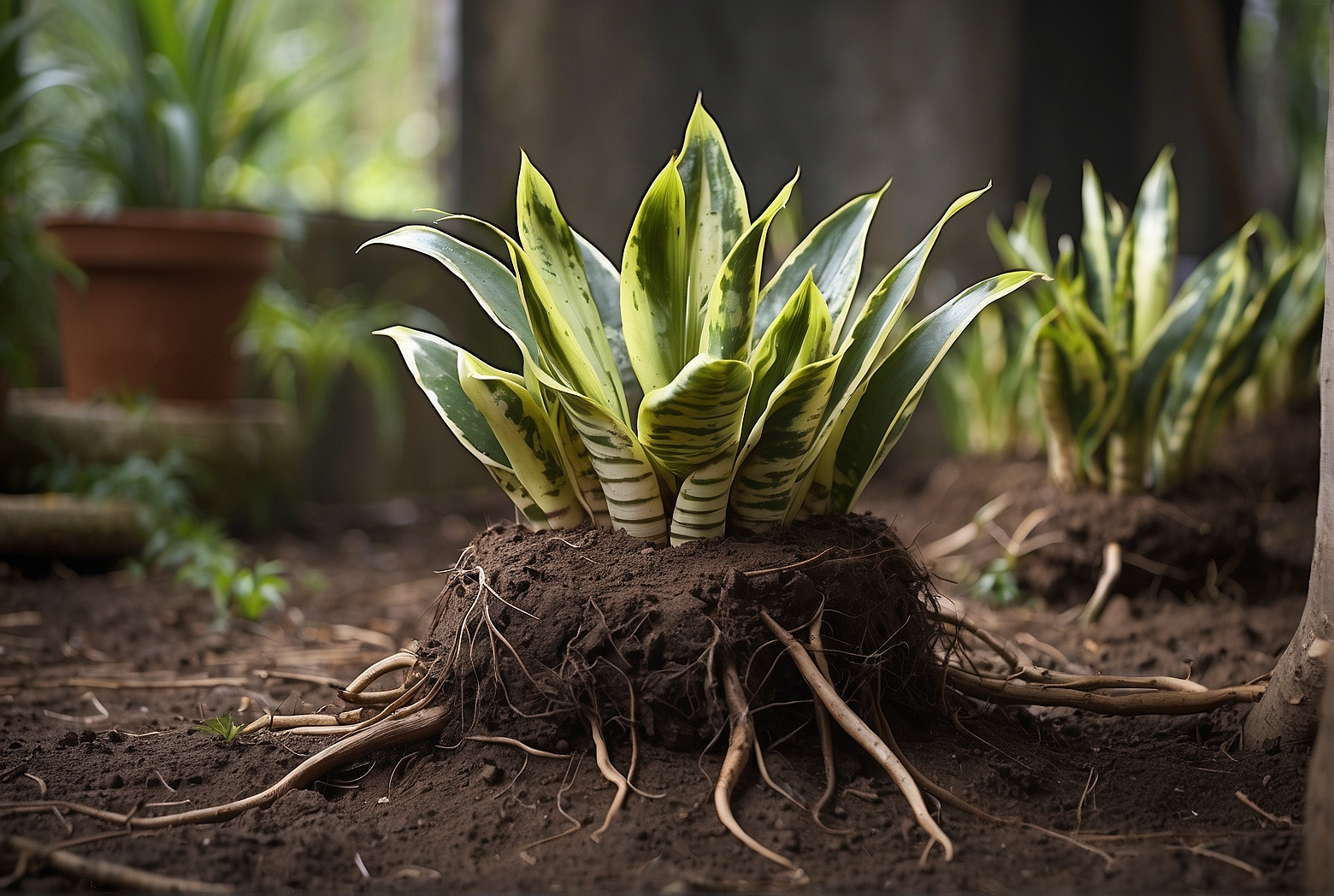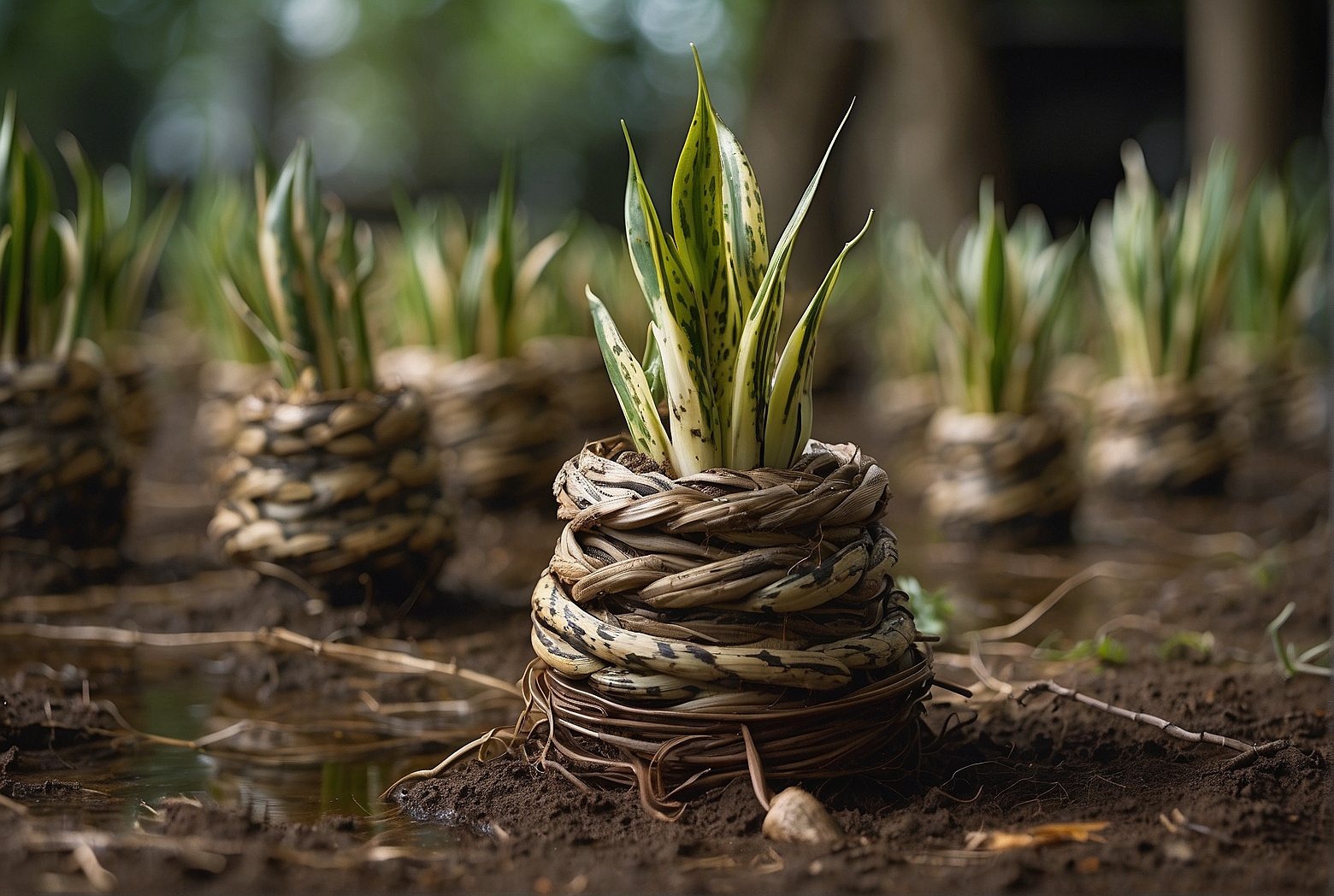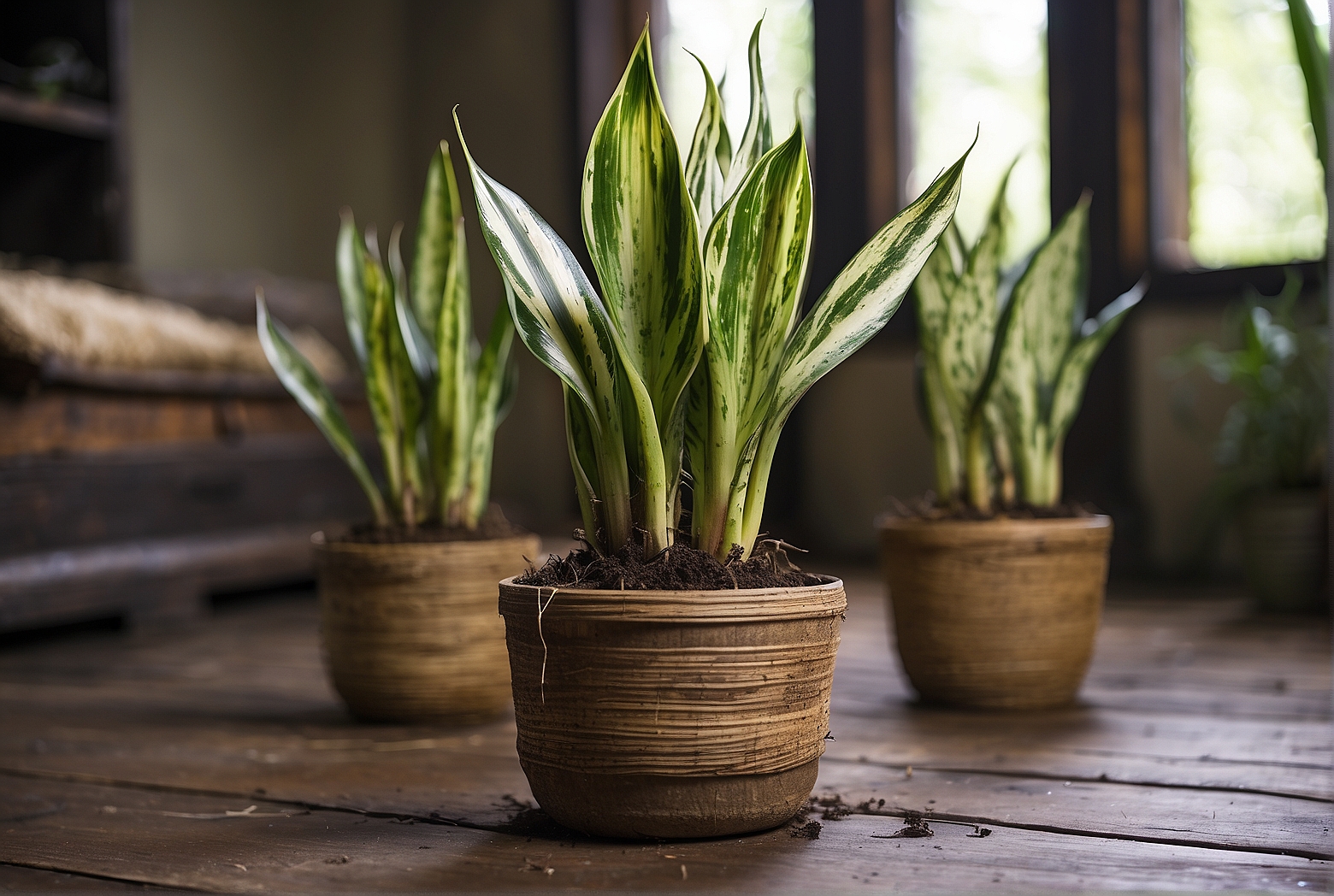Last Updated on April 11, 2024 by Tony Manhart
Have you ever wondered if snake plants can thrive in root bound conditions? Well, it turns out that these adaptable and resilient houseplants might just enjoy being a little crowded in their pots. While many plants may suffer if their roots become constricted and crowded, snake plants have a unique ability to thrive in these conditions. In fact, being root bound can actually encourage the growth and health of snake plants. So, if you have a snake plant that seems a bit snug in its pot, don’t worry – it’s probably quite happy!
What Are Root Bound Conditions?
Definition of root bound conditions
Root bound conditions occur when a plant’s roots outgrow the space available in its pot, causing the roots to become densely packed and tangled. This happens when a plant has been growing in the same pot for an extended period without being repotted. The roots of the plant begin to encircle themselves, forming a tight mass that restricts their growth and ability to absorb water and nutrients effectively.
Signs of root bound conditions
There are several signs that indicate a plant may be experiencing root bound conditions. One of the most noticeable signs is the appearance of roots protruding from the drainage holes at the bottom of the pot. Additionally, the plant may exhibit slower growth and may require more frequent watering due to its limited access to water. Yellowing leaves and a general decline in overall health can also be indications of root bound conditions.
Can Snake Plants Thrive in Root Bound Conditions?
Adaptability of snake plants
Snake plants, also known as Sansevierias, are known for their resilience and adaptability. These plants have a unique ability to survive in various conditions, including being root bound. In their natural habitats, snake plants often grow in sandy soils where they have limited access to water and nutrients. This natural adaptation enables them to withstand root bound conditions found in many indoor pots.

Benefits of root bound conditions for snake plants
While root bound conditions may not be ideal for many plants, snake plants can actually benefit from being root bound to some extent. The density of the roots in a root bound snake plant can create a stable foundation, helping the plant stay upright and preventing it from toppling over. Additionally, the limited space in the pot can encourage the growth and production of new shoots, resulting in a fuller and more vibrant plant.
How to Identify if a Snake Plant is Root Bound
Checking for visible signs
To determine if your snake plant is root bound, a visible inspection of the pot is necessary. If you notice roots protruding from the drainage holes or wrapping tightly around the inner edges of the pot, it is a strong indication that the plant has outgrown its current container. Additionally, a pot that is visibly cracked or has become distorted due to the pressure from the roots can also suggest root bound conditions.
Examining the plant’s growth
A closer look at the growth of the snake plant can provide further insights into whether it is root bound. If the plant has started to display slower growth compared to its usual rate, or if new leaves are smaller and thinner than before, it may be an indication of limited root space. Furthermore, if the plant’s foliage appears pale or discolored, it could be a sign of inadequate nutrient uptake due to being root bound.
Assessing pot size
Another way to determine if your snake plant is root bound is by examining its pot size. If the plant has been in the same pot for an extended period, and the roots have started to circle around the inside of the container, it is likely root bound. A pot that seems too small for the overall size of the plant can also suggest that the plant has outgrown its current home.

Potential Risks of Root Bound Conditions for Snake Plants
Limited water and nutrient absorption
One of the primary risks of root bound conditions for snake plants is the limited ability to absorb water and nutrients. When the roots are densely packed and constrained, they struggle to access the necessary resources for healthy growth. This can lead to dehydration, nutrient deficiencies, and an overall decline in the plant’s health and vitality.
Stunted growth and yellowing leaves
Root bound conditions can significantly impact the growth of snake plants. As the roots become restricted, the plant’s ability to take in water and nutrients diminishes. This can result in stunted growth, where the leaves fail to reach their full potential size. Additionally, the lack of adequate nutrient uptake can cause the leaves to turn yellow or brown, further indicating the plant’s struggle to thrive in its current environment.
Increased risk of pests and diseases
When a snake plant is root bound, its weakened state leaves it vulnerable to pests and diseases. The compacted roots are more susceptible to rot and fungal infections, especially if the plant is overwatered. Additionally, the stress caused by root bound conditions can weaken the plant’s natural defenses, making it an easy target for common pests such as spider mites or mealybugs. Regular monitoring and care are essential to prevent these issues from plaguing your snake plant.
Tips for Caring for Root Bound Snake Plants
Repotting the plant
If you suspect that your snake plant is root bound, it is essential to repot it to provide the necessary space for its roots to grow and thrive. Choose a pot that is slightly larger in diameter than the current one, ensuring it has adequate drainage holes. Gently remove the plant from its current pot, untangle the roots if necessary, and place it in the new pot, filling the extra space with a suitable potting mix. Be careful not to bury the plant too deeply, as this can cause additional stress.
Choosing the right pot
Choosing the correct pot for your snake plant is crucial for its well-being. A pot that is too large may result in excess moisture retention, leading to root rot, while a pot that is too small will only exacerbate the root bound conditions. Opt for a pot that provides some room for the plant to grow but is not overly spacious. Additionally, ensure that the pot has proper drainage holes to prevent waterlogging.
Proper watering and fertilization
Watering and fertilizing your root bound snake plant appropriately is vital for its health. When watering, allow the top inch or two of the soil to dry out before watering again, as this encourages the roots to seek out moisture deeper in the pot. Avoid overwatering, as this can increase the risk of root rot. For fertilization, use a balanced, water-soluble fertilizer during the growing season, following the package instructions. Adjust the frequency and strength of fertilization according to the plant’s needs and growth rate.
Monitoring for pests and diseases
Regularly inspect your root bound snake plant for any signs of pests or diseases. Look out for discolored or misshapen leaves, webbing, or tiny insects on the leaves or stems. If necessary, treat the affected areas with organic or chemical pest control methods suitable for snake plants. Additionally, maintain good hygiene by removing any dead or decaying foliage and regularly cleaning the pot and surrounding area to minimize the risk of fungal infections.
Frequently Asked Questions
How often should snake plants be repotted?
Snake plants generally only need to be repotted every two to three years, depending on their growth rate and pot size. However, if your snake plant is showing signs of being root bound, such as roots protruding from the pot’s drainage holes, it should be repotted as soon as possible.
Can snake plants recover from root bound conditions?
Yes, snake plants have the ability to recover from root bound conditions if they are provided with adequate care and a suitable environment. By repotting the plant and providing it with proper watering, fertilization, and pest control, the roots will have the opportunity to spread and establish a healthy root system once again.
Can snake plants be left in small pots indefinitely?
While snake plants can tolerate being root bound to some extent, it is not advisable to leave them in small pots indefinitely. Eventually, the plant’s growth will be severely stunted, and it will struggle to access sufficient water and nutrients. Repotting the plant into a larger container is necessary to ensure its long-term health and vitality.
Tony Manhart is a passionate gardener who has been tending to gardens for over 20 years. He takes pride in creating beautiful outdoor spaces with plants, trees, and shrubs that can thrive in any environment. He loves to share his knowledge with others and has taught classes on gardening basics and advanced techniques. He is committed to sustainability, using natural and organic methods to create and maintain gardens. He also works with local organizations to create green spaces for communities. When he’s not gardening, Tony enjoys hiking, reading, and spending time with his family.


